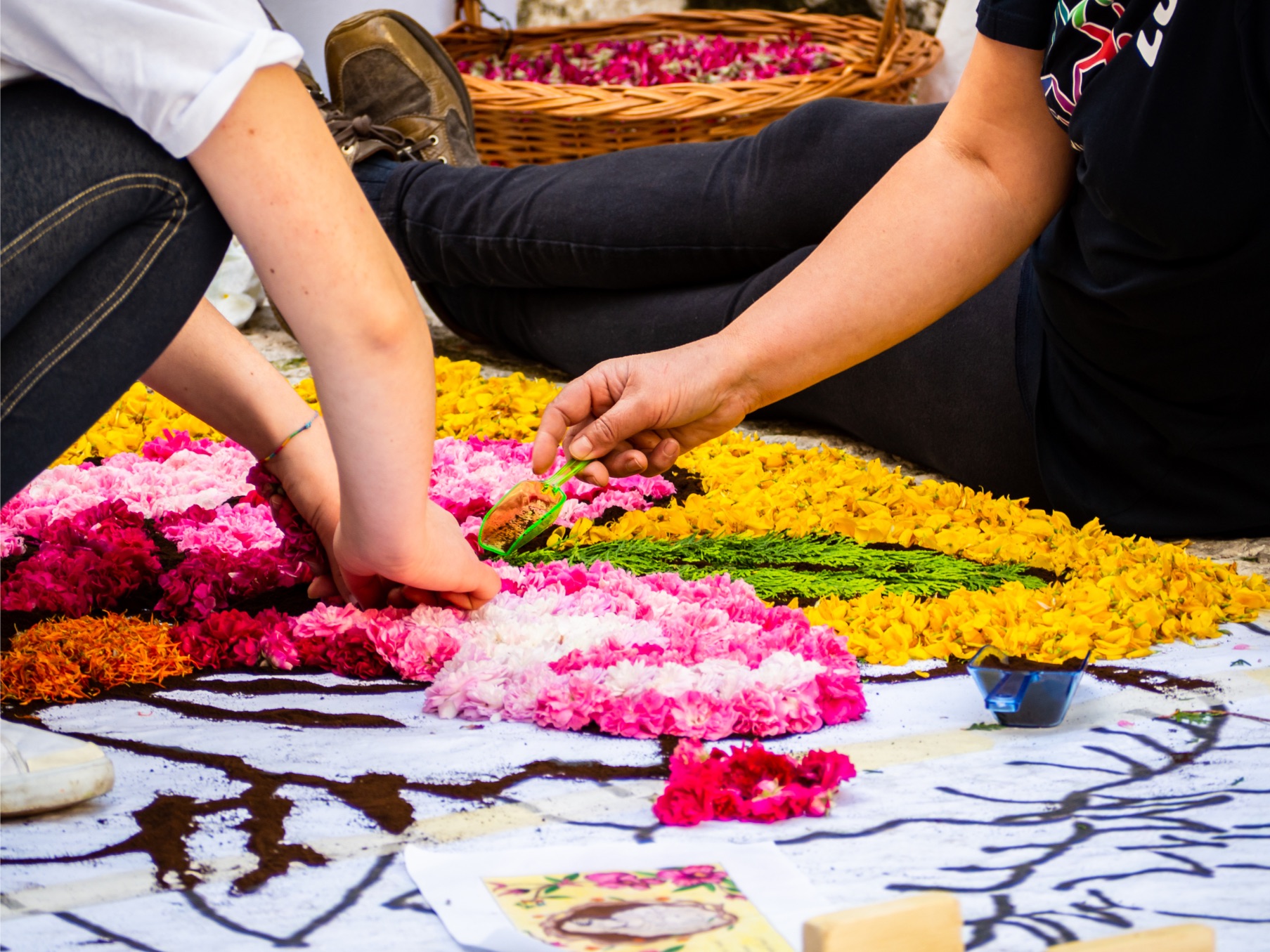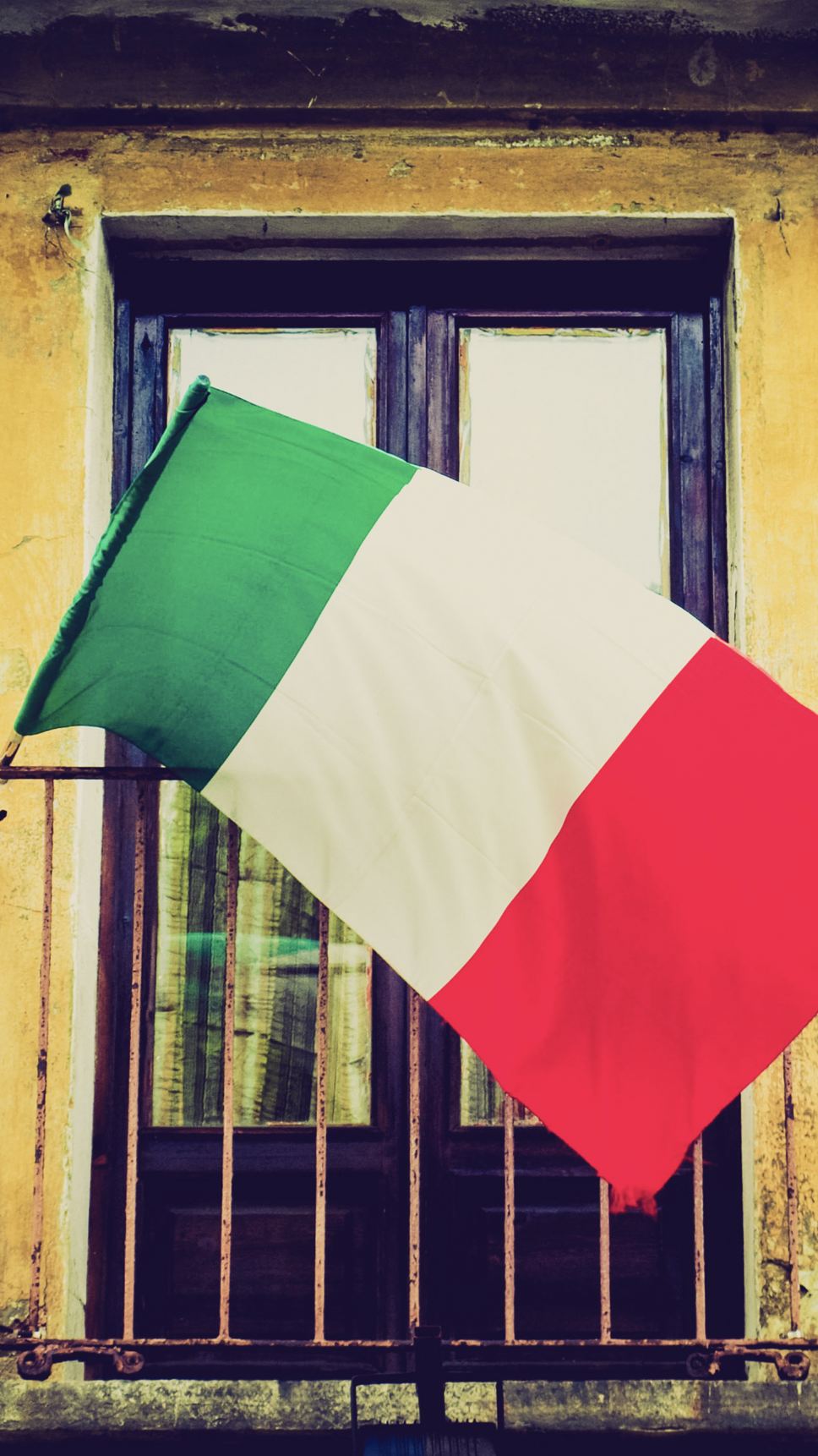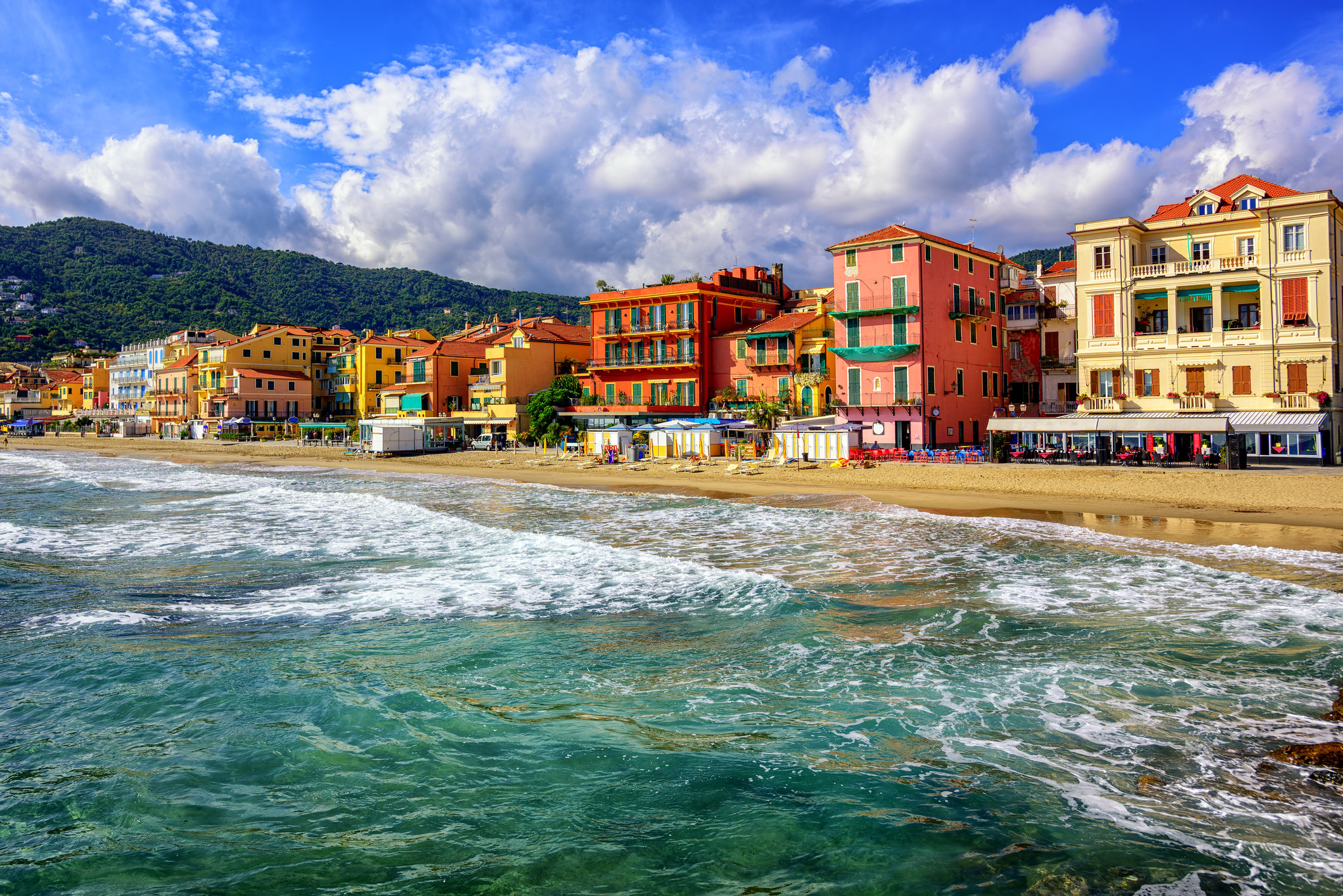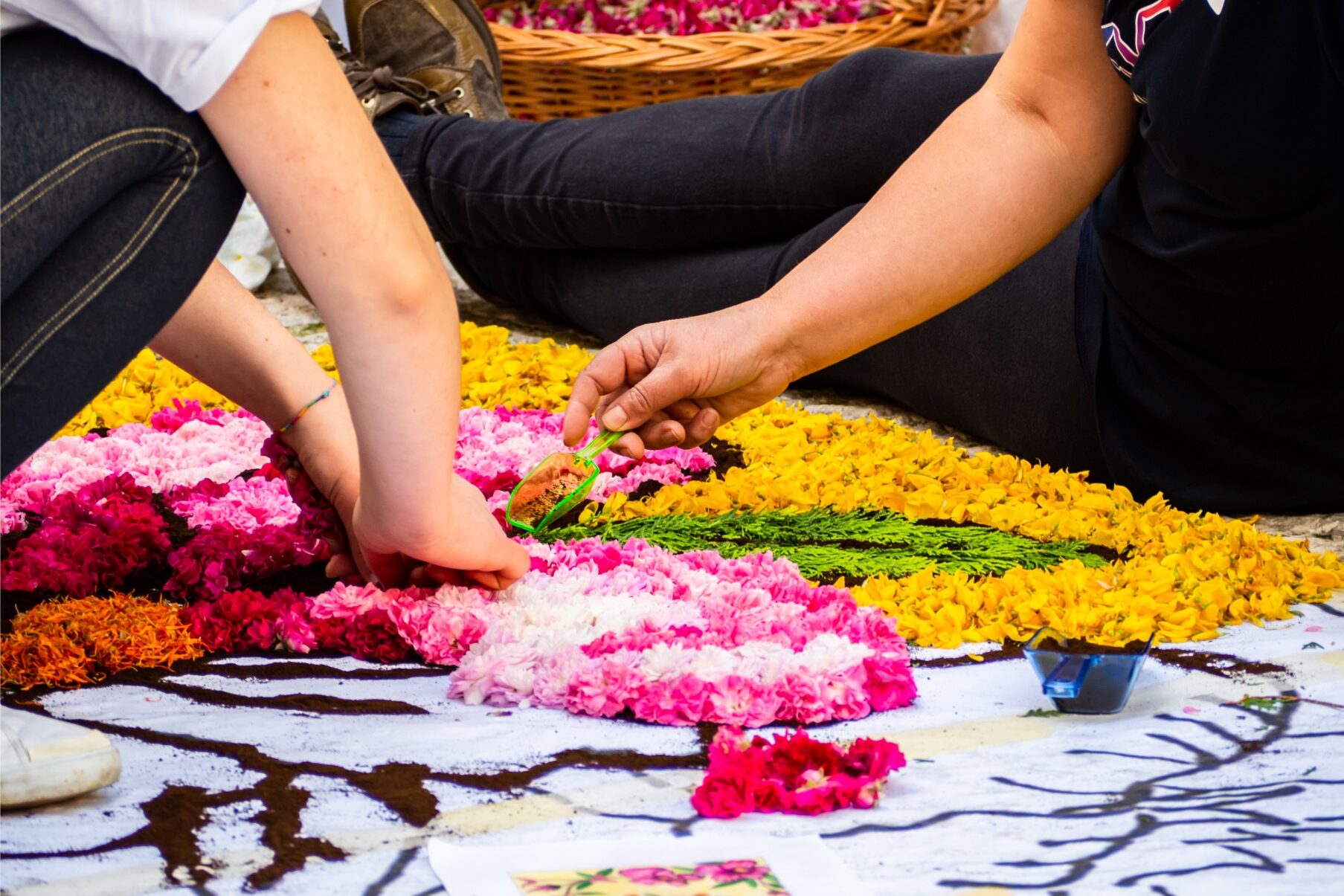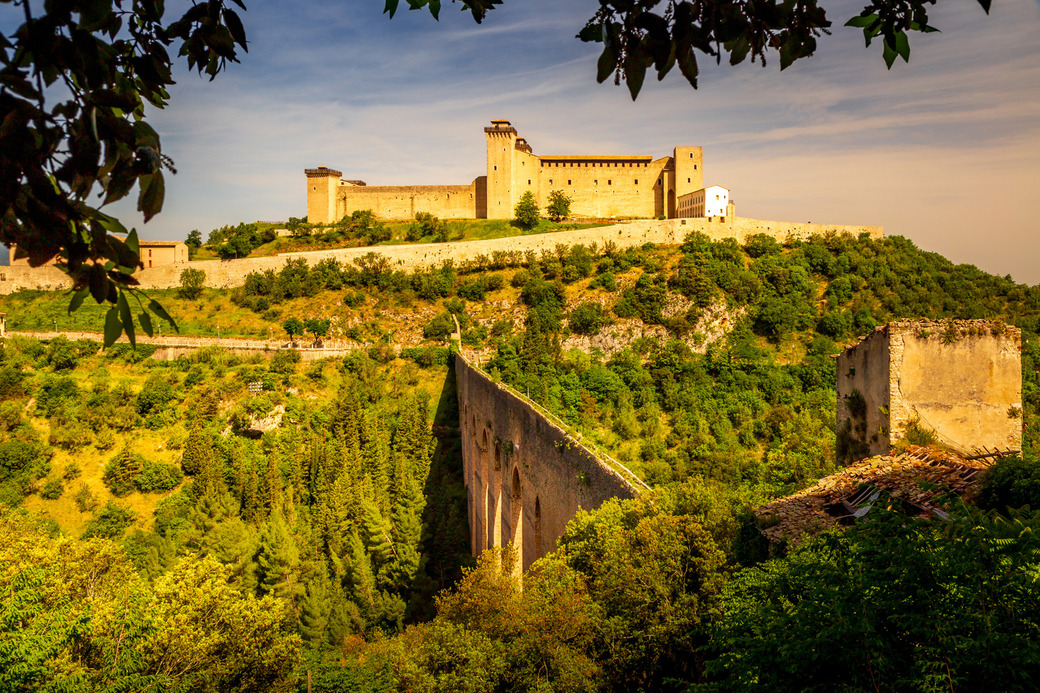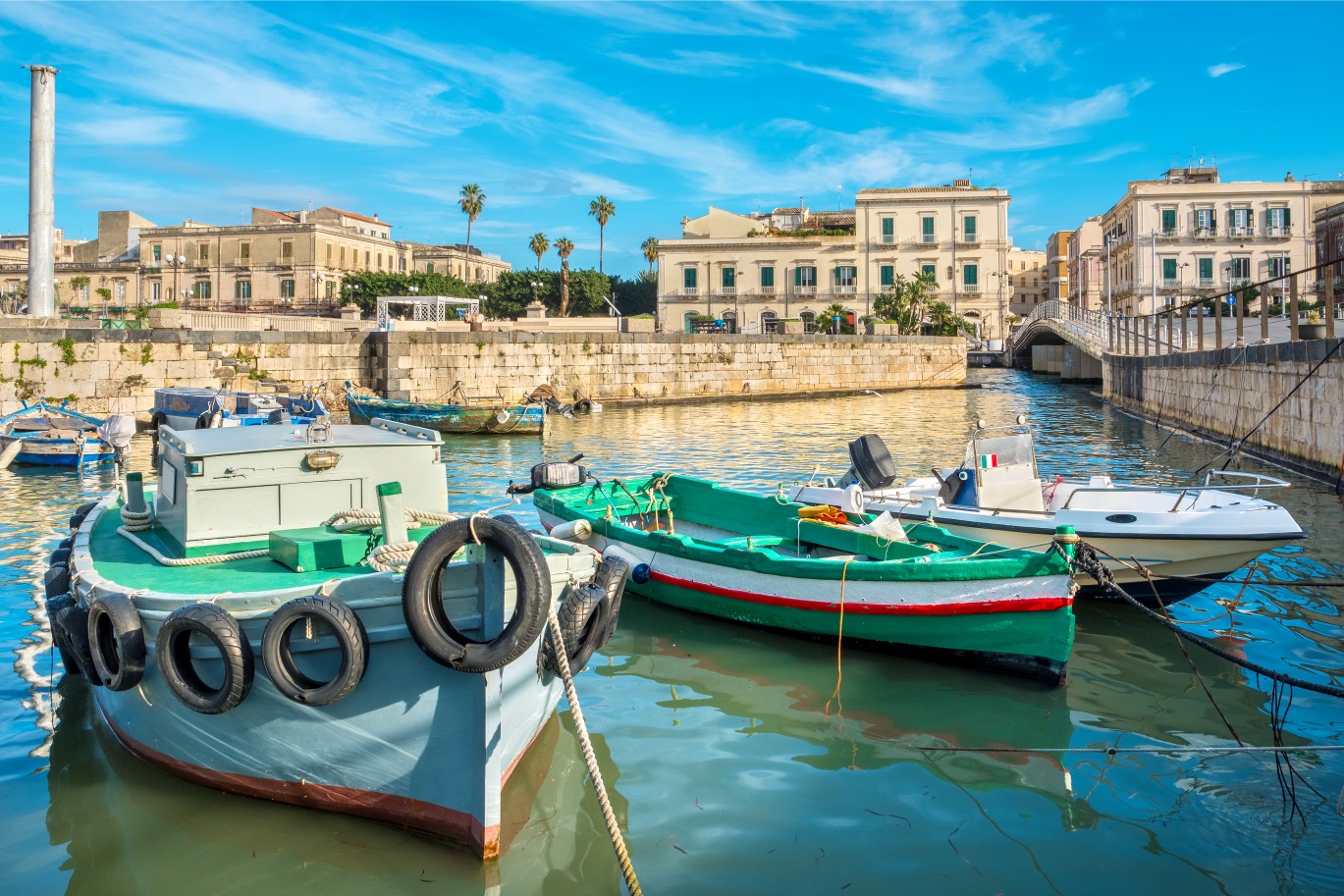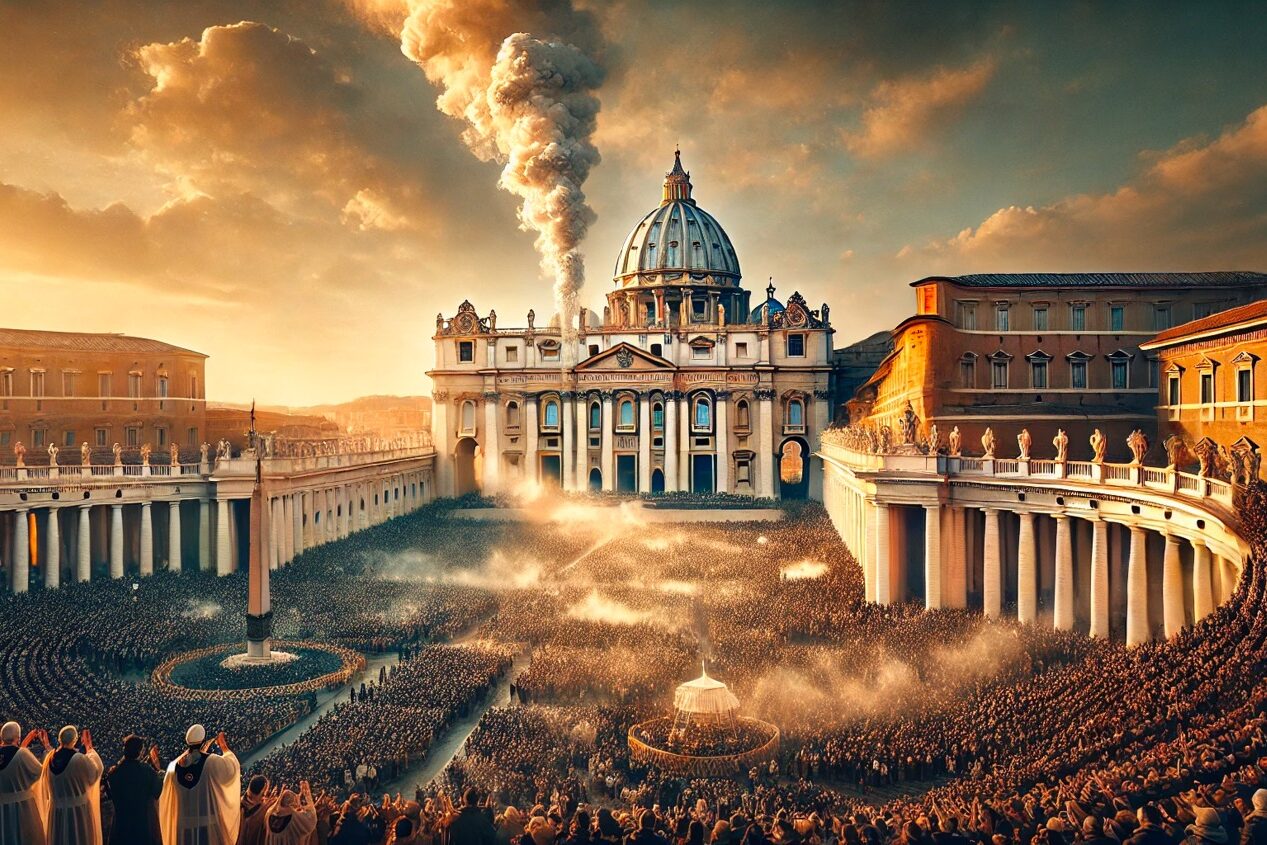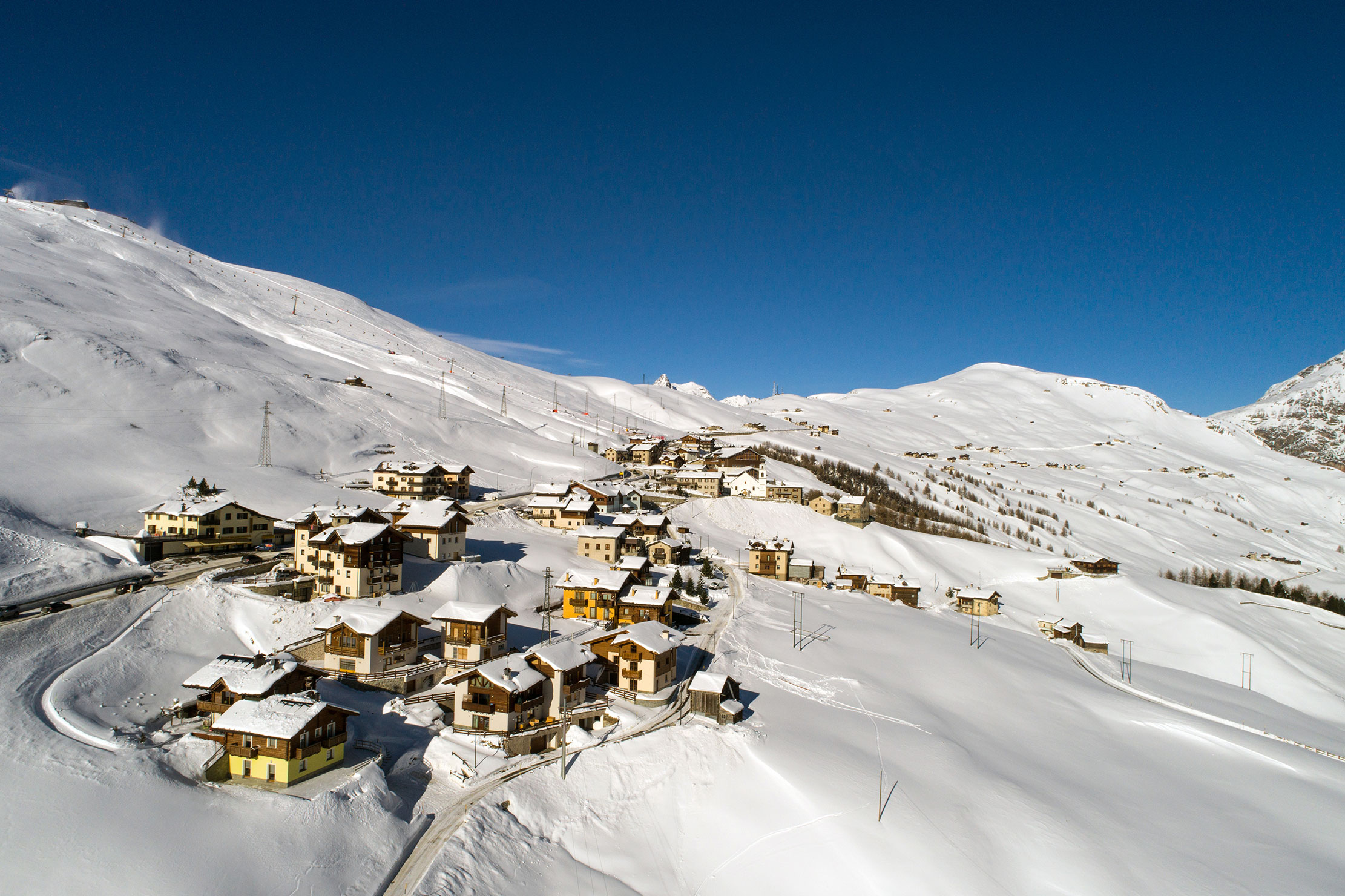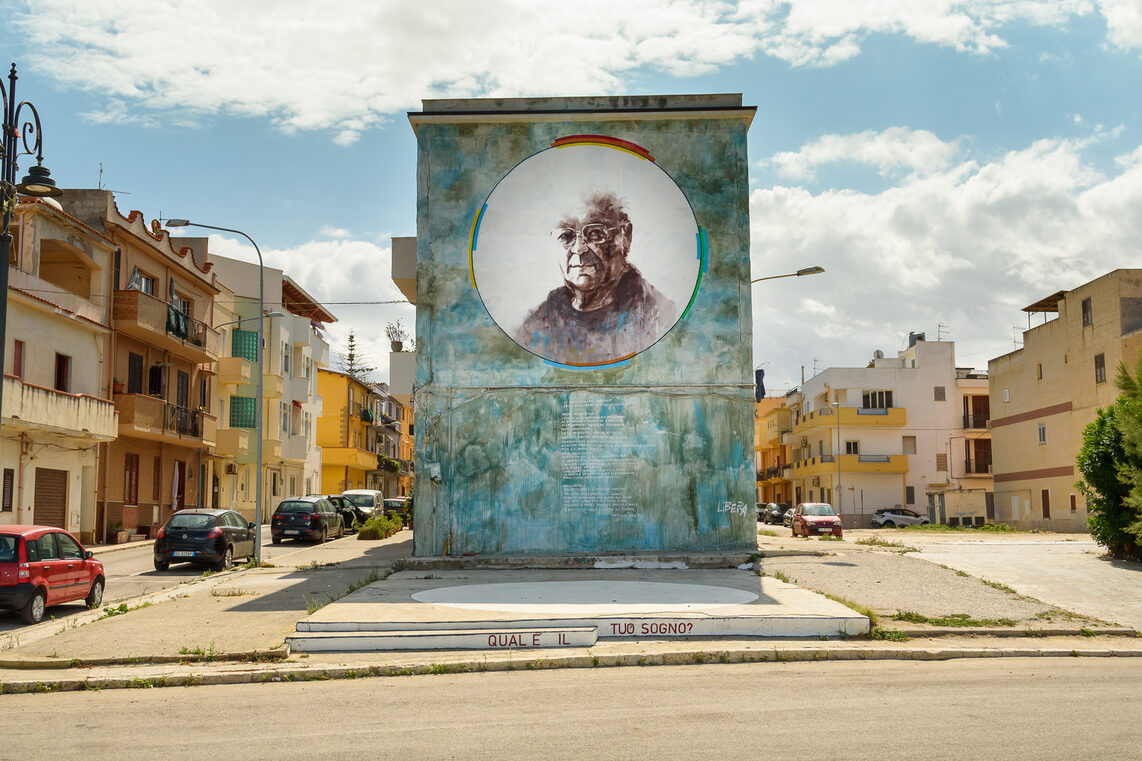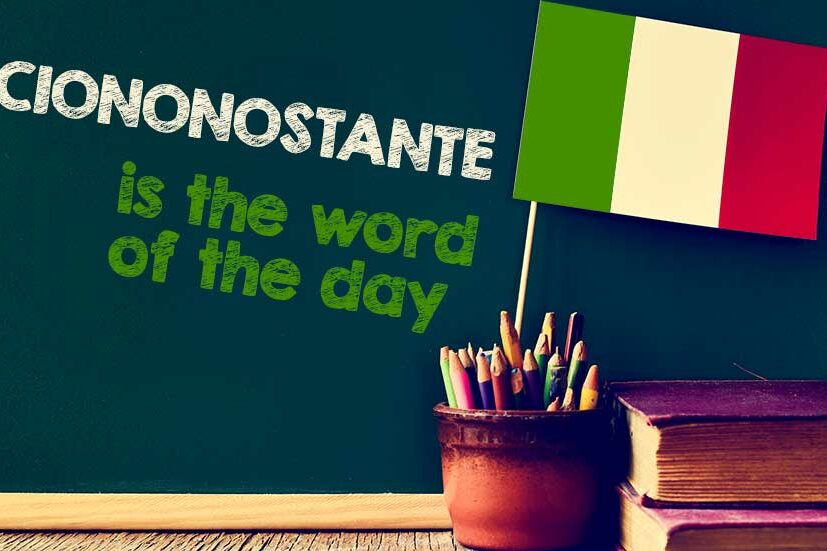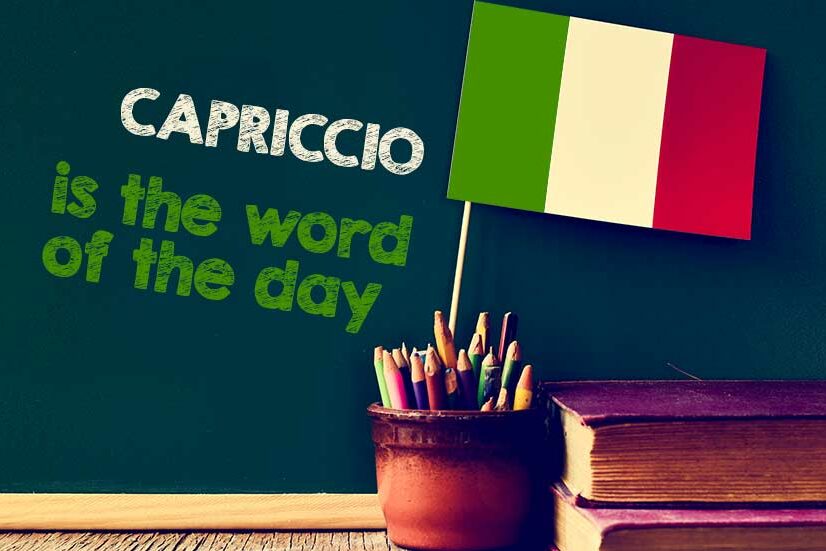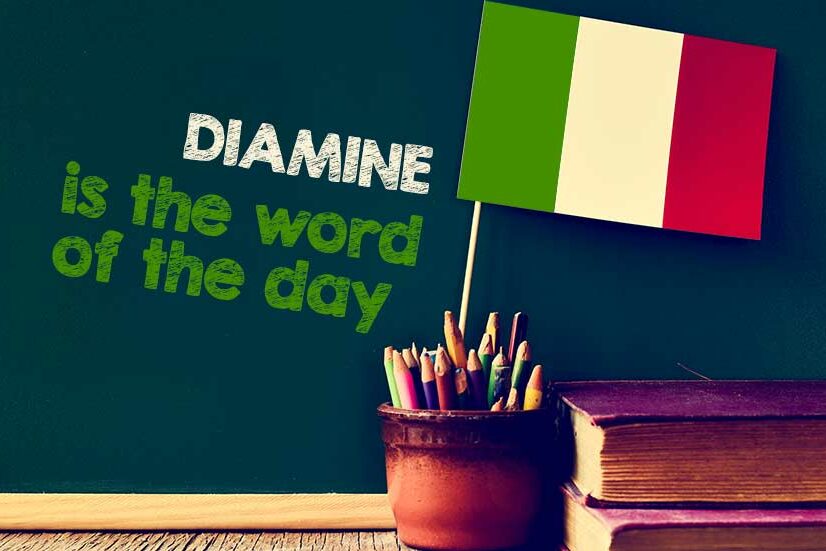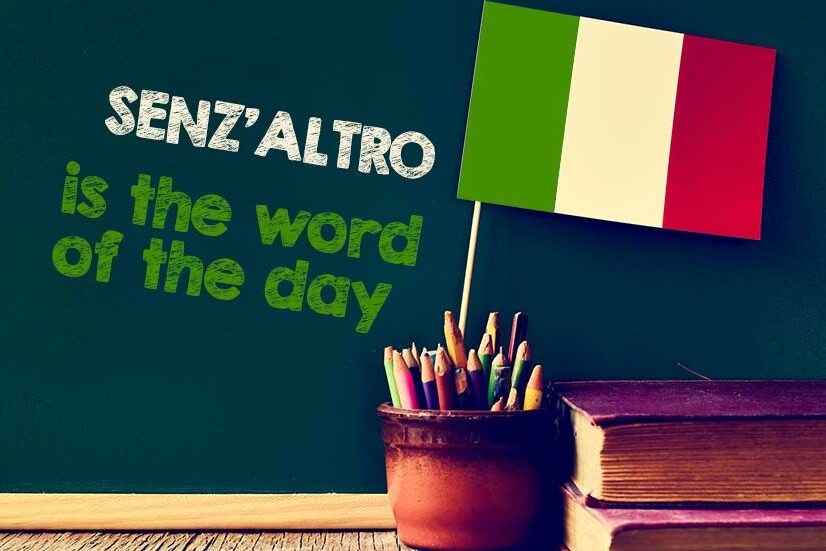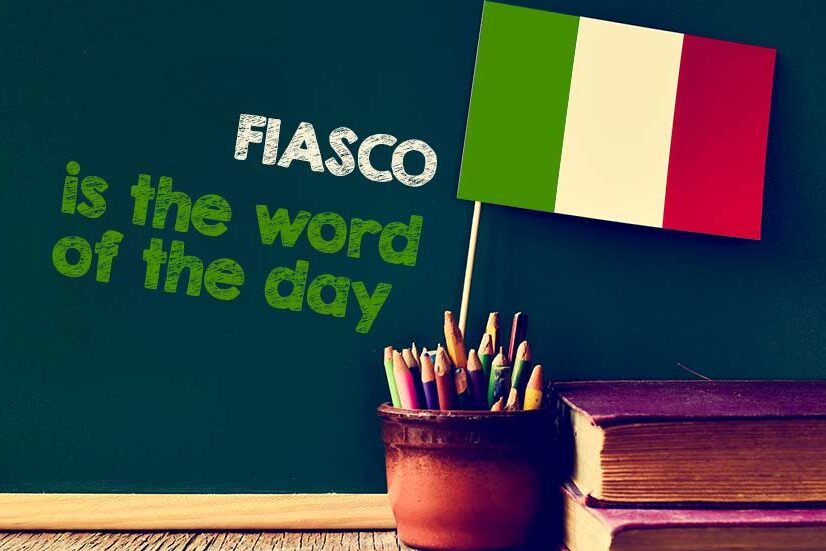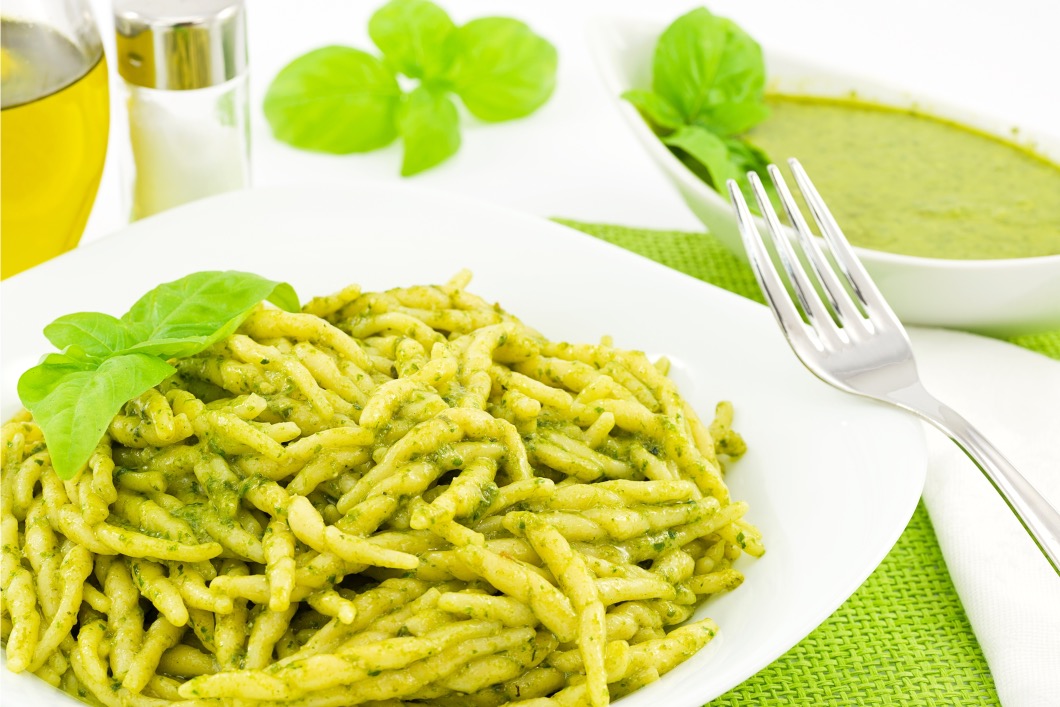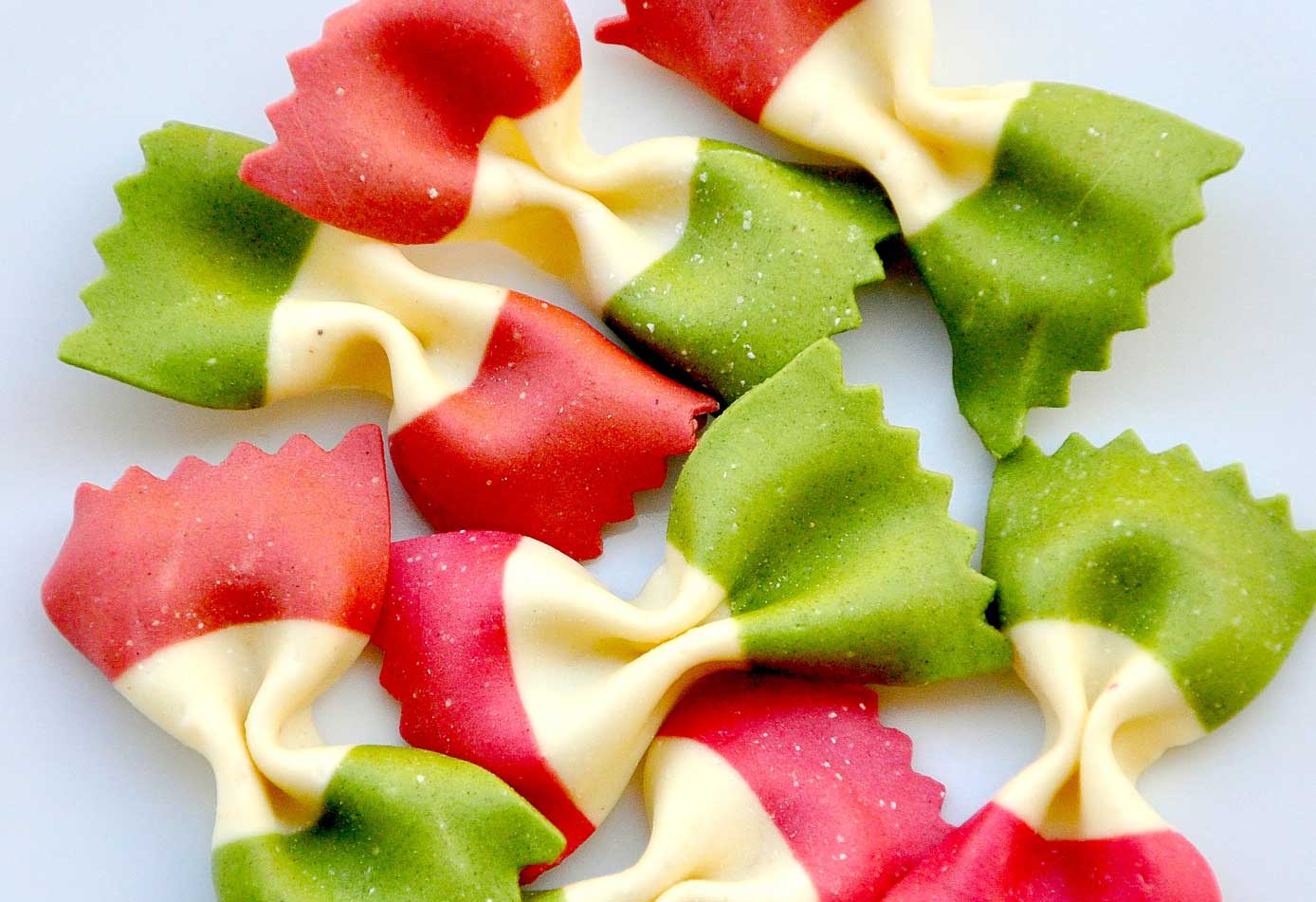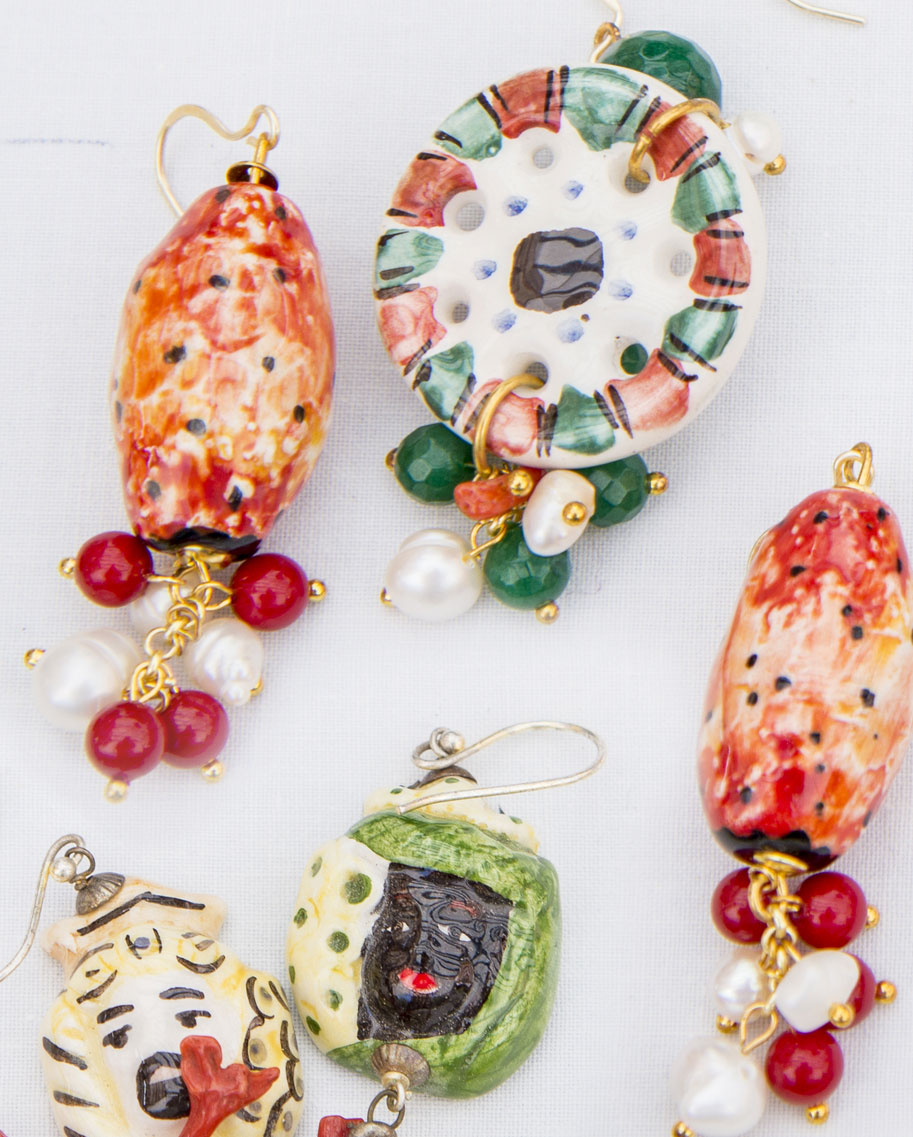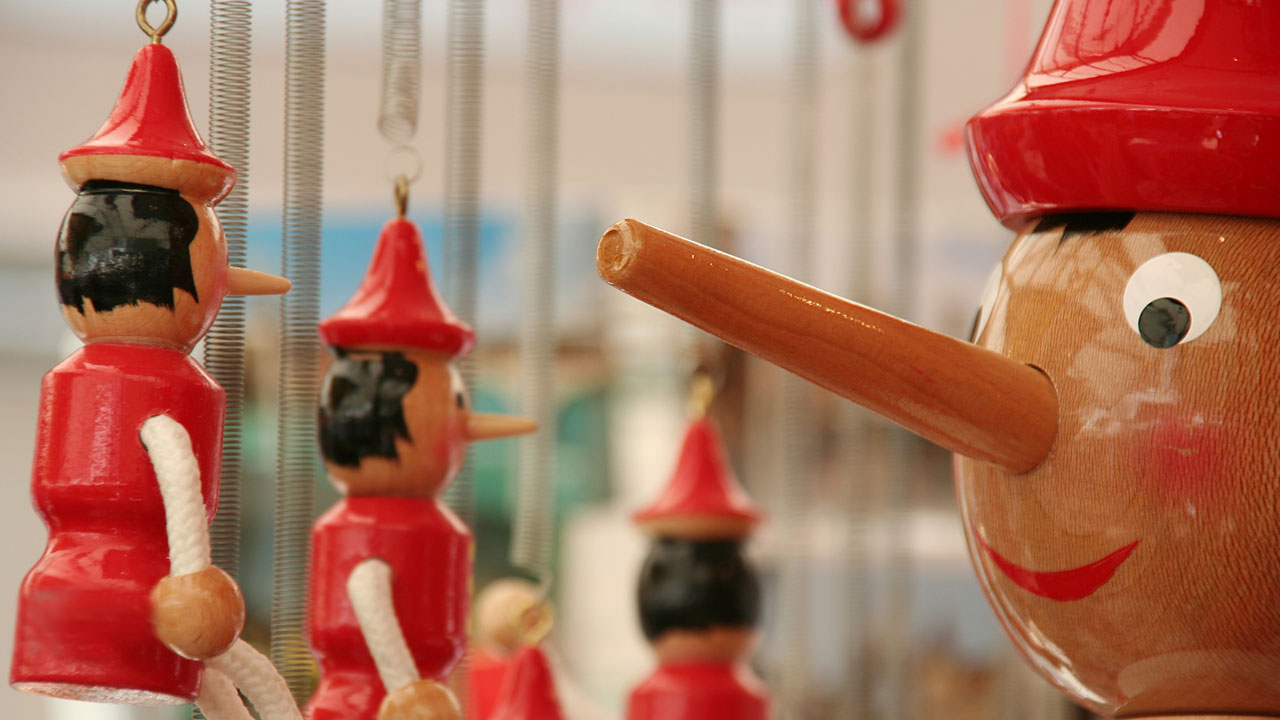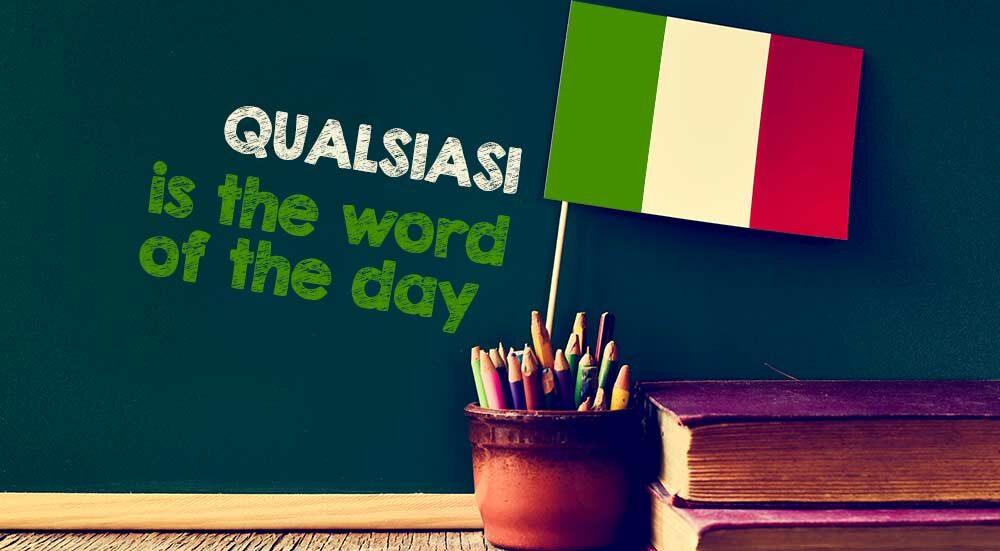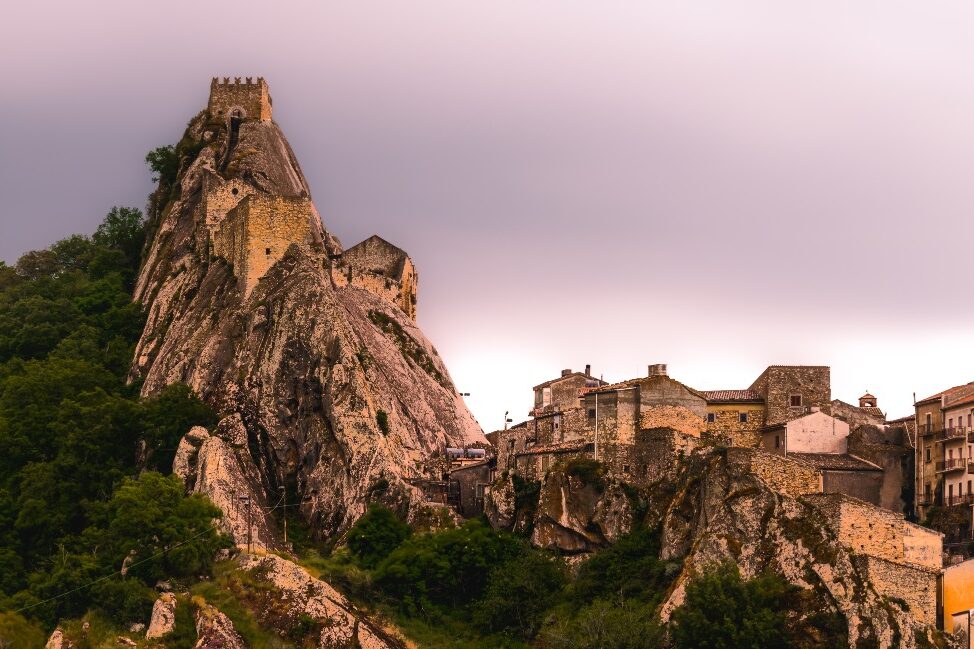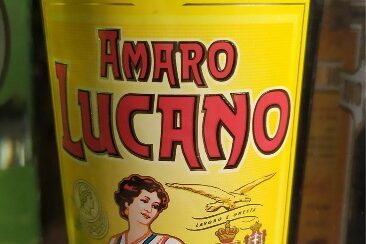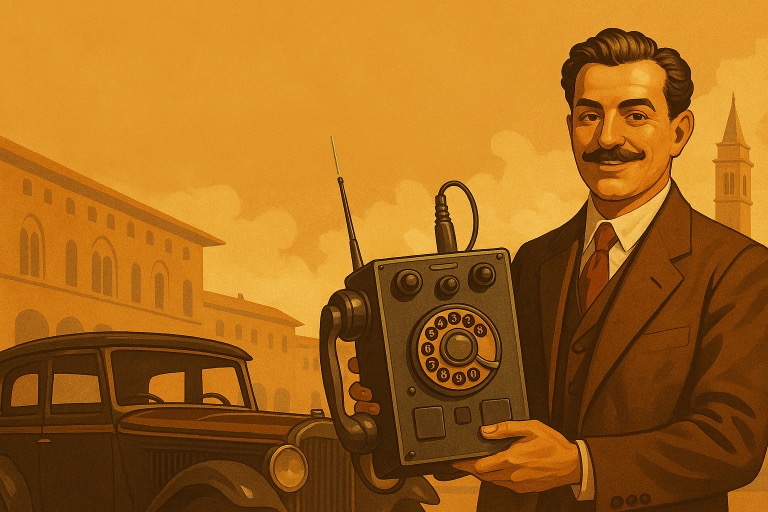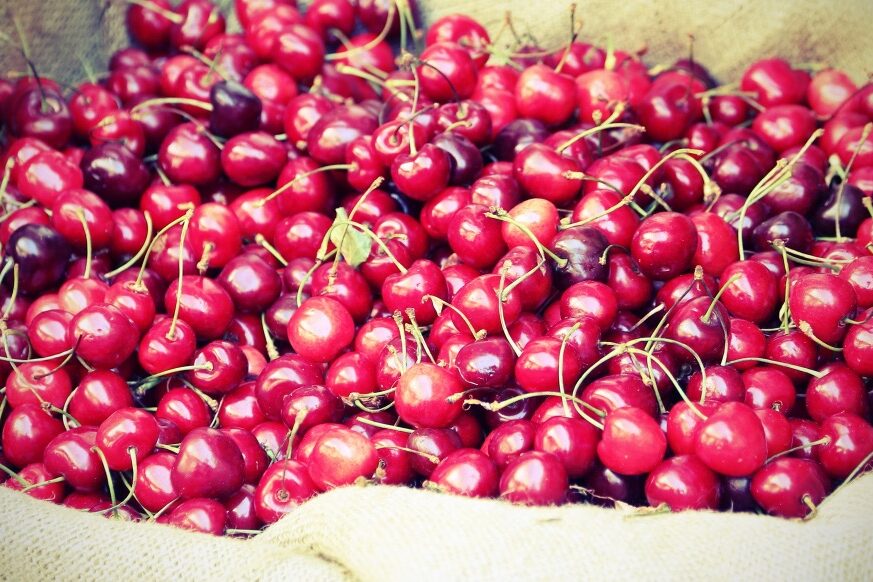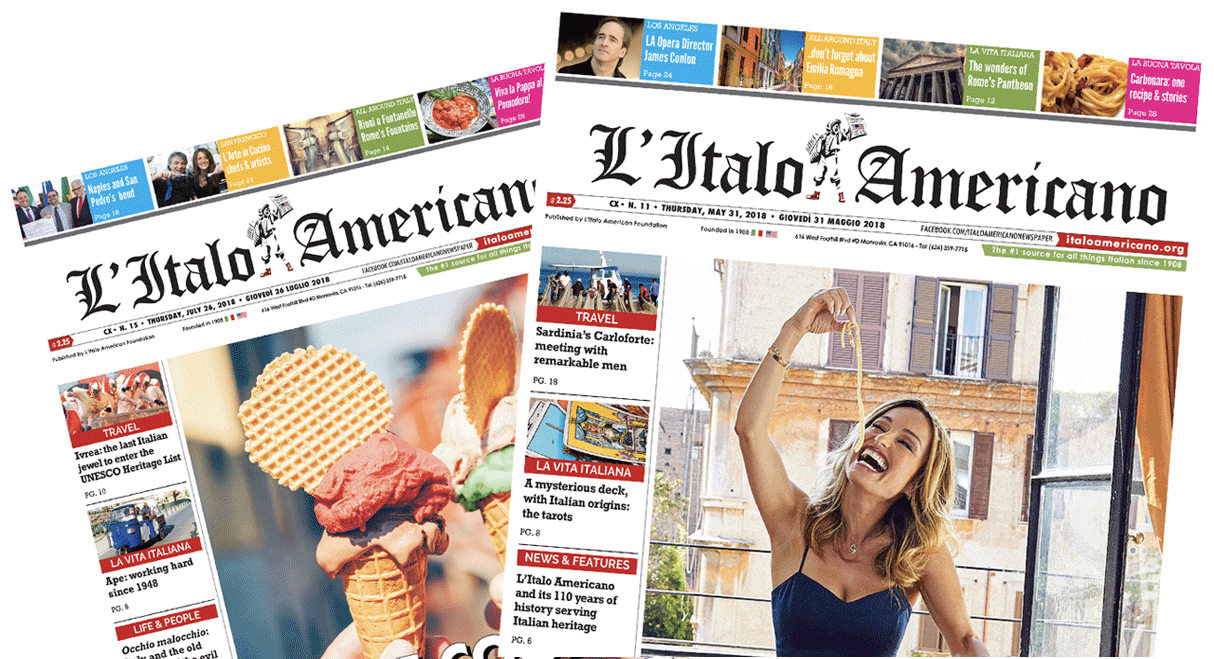If there’s one thing Italians hold dear, it’s their local traditions. Whether you live in a tiny village or a major city, there are customs, rituals, and habits that feel impossible to give up. Secularization has, in many cases, erased the large crowds and mass participation that once defined these events. Yet unless a community has vanished due to emigration, depopulation, or a declining birth rate, local folklore rarely disappears. The traditions of a region, town, or social group – expressed through legends, beliefs, customs, religious practices, and oral storytelling – function, first and foremost, as rites of passage. They are the symbols of belonging passed from one generation to the next.
You could sum it up this way: you’re not truly from Bari if you haven’t experienced the feast of San Nicola – with its sunrise Masses, processions around a sacred column, and the sea-bound departure of the bishop-saint whose image advertising has turned into Santa Claus. You’re not from Naples if you haven’t joined the applause and prayers during the ritual liquefaction of San Gennaro’s blood. You’re not from Viterbo if you’ve never witnessed the Festival of Santa Rosa, where a 30-meter tower dedicated to the patron saint is carried through the historic center by hundreds of men. And you’re not from Venice if you don’t feel somehow “invited” to the annual Marriage of the Sea.
These events are often small in scale and deeply rooted in local history. We participate in them as children, and they stay with us so strongly that we feel compelled to pass on their gestures, meanings, and symbols to our own children. They are traditions intimately tied to place – part of the cultural and historical backbone of a community. Even as visitors, joining in these moments can be deeply meaningful: to witness them is to step into the essence of a place and its people. They offer insights that might otherwise be missed, and without which one town might seem indistinguishable from another.
Among these events are the infiorate: stunning mosaics made entirely of petals, stems, leaves, and flower buds that cover streets, squares, floats, and even statues. They are acts of devotion and public celebration, but also displays of creative and technical skill – repeated year after year to mark the passage of time and the changing seasons. The infiorate are tied, naturally, to spring rituals where flowers, as universal symbols of rebirth, are used to create delicate and fleeting carpets or compositions that are as beautiful as they are ephemeral.
The arrival of spring after the dark and dormant winter has always been celebrated as a joyful, pastoral moment and, in different parts of Italy, it has taken on religious or artistic forms, depending on local traditions. Over time, these ceremonies have evolved into public events and tourist attractions, occasions to be shared with those outside the community, offering them an experience that is both visual and emotional. What once were acts of faith, offered to seek divine favor or give thanks for healing, are now integrated into the broader strategy of territorial marketing, which often helps support local budgets and economic development.
Even in the face of this “secularization,” which can sometimes seem to strip such events of their original depth, it’s important to return to their roots. At their core, these are social rituals – reminders of the power of collective effort, because an infiorata cannot be created by one person alone. The artist needs a team. Without a crew behind them, no designer could cover an entire float with daffodils, or lay out a petal carpet stretching for tens of meters, all within the short lifespan of a freshly cut flower. Only shared effort makes such a transformation possible in just a few hours – turning natural materials into a temporary jewel of color and scent.
An infiorata also reminds us of the deep bond between people and their landscape. It reinforces the importance of caring for the environment and respecting its rhythms, not simply to guarantee the success of a single event, but because our lives are fundamentally connected with the natural world around us. Only by taking care of our surroundings can we continue to enjoy the fleeting beauty and fragrance of flowers, transformed each year into extraordinary displays of craftsmanship and collective devotion.
Se c’è una cosa a cui gli italiani sono legati, sono le tradizioni di casa propria. Villaggio o metropoli in cui si abiti, ci sono riti, usanze e abitudini dalle quali sembra non si possa prescindere. La secolarizzazione, in tante situazioni, ha purtroppo cancellato le masse, le grandi partecipazioni popolari di un tempo ma, a meno che una comunità non si sia estinta per emigrazione, spopolamento o denatalità, è veramente difficile che in un luogo venga meno quel che si chiama folklore. L’insieme delle tradizioni popolari di una regione, di un paese, di un gruppo sociale, in tutte le manifestazioni culturali che ne sono espressione, dalle leggende alle credenze, dai costumi alle pratiche religiose fino ai racconti e a quanto è tramandato per tradizione, è innanzitutto un rito di passaggio, una trasmissione fra generazioni di segni di appartenenza a un territorio.
Potremmo riassumere il concetto in un altro modo: non sei di Bari se non vivi la sagra di San Nicola tra messe all’alba, giri attorno a una colonna sacra e imbarco a mare della statua dell’antico vescovo che le pubblicità hanno trasformato in Santa Claus; non sei di Napoli se non partecipi tra applausi e invocazioni al rito della liquefazione del sangue di San Gennaro; non sei di Viterbo se non partecipi ai festeggiamenti di Santa Rosa dove la torre di 30 metri della patrona viene sollevata da centinaia di uomini e portata in processione lungo le vie del centro storico; non sei di Venezia se non ti senti “invitato” all’annuale rito dello Sposalizio del mare.
Ci sono eventi molto locali e molto antichi a cui si partecipa da piccoli e che poi restano nel cuore tanto da volerne passare significati, usanze e gestualità ai piccoli di casa, eventi che sono intimamente legati a un luogo e di cui ne costituiscono l’ossatura storica, culturale e identitaria. Sono spesso così intensi e coinvolgenti che parteciparvi, anche da turisti, è estremamente significativo: assistervi significa avere l’opportunità di immergersi nell’essenza stessa del posto e della gente che lo abita, avere l’opportunità di cogliere sfumature che altrimenti renderebbero il paese o la città sostanzialmente uguale a qualsiasi altro.
Ecco, fra questi eventi ci sono le Infiorate, veri e propri mosaici di petali, steli, foglie, boccioli di ogni tipo di pianta da fiore che disegnano pavimenti, carri, statue, strade di borghi piccoli e grandi. Forme di devozione e di partecipazione popolare ma anche espressioni di creatività e di abile maestria che si ripetono anno dopo anno a segnare il passare del tempo e delle stagioni. Le Infiorate, ovviamente, sono legate ai riti di primavera: i fiori, simboli di rinascita per eccellenza, vengono usati per realizzare tappeti o quadri tanto delicati e volatili quanto preziosi e unici.
L’arrivo della bella stagione dopo l’inverno sterile e cupo, è una festa bucolica e gioiosa che ha acquisito forme di devozione o di decoro artistico a seconda dei luoghi e delle culture locali. Nel tempo si sono evolute sino a diventare eventi turistici, giorni da condividere con chi non appartiene al territorio ma a cui si offre uno spettacolo davvero coinvolgente. Quelle che in origine erano manifestazioni di fede e forme votive per ottenere una grazia o per ringraziare per una guarigione ottenuta, sono diventati eventi capaci di funzionare come attrattori in una strategia di marketing territoriale sempre più collaudata e pensata per contribuire a sostenere le casse comunali.
Anche di fronte a queste “secolarizzazioni” che un po’ sembrano svuotare di significati profondi e antichi gli eventi, bisogna ritornare alle origini e ricordare il valore intrinseco del rito sociale che queste manifestazioni sottendono. Un’Infiorata è innanzitutto un evento sociale che coinvolge intere comunità a cui ricorda che per ottenere il risultato finale non ci si può affidare a una sola persona ma serve il contributo del gruppo: l’artista, senza maestranza alle sue spalle, non riuscirebbe a coprire in un tempo stretto come la durata di un fiore reciso un risultato così imponente come un intero carro ricoperto di narcisi o un tappeto di petali che si estende per decine di metri. Solo l’aiuto di tutti rende possibile realizzare in poche ore un gioiello di arte e natura. Ma un’Infiorata ricorda anche il potente legame tra società e paesaggio, l’importante rispetto del territorio e dei suoi equilibri da cui dipende non tanto la buona riuscita di un evento ma l’assoluta interdipendenza che abbiamo con il mondo verde che ci circonda: solo se ci prendiamo cura dei luoghi attorno a noi sarà possibile godere della bellezza tanto effimera e volatile del profumo e dei colori di fiori trasformati in vicoli mirabilmente decorati e manifestazioni di suggestiva devozione popolare.
